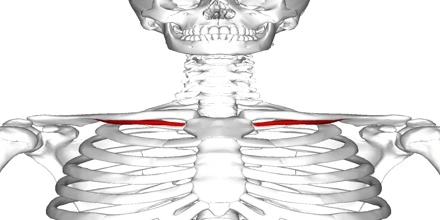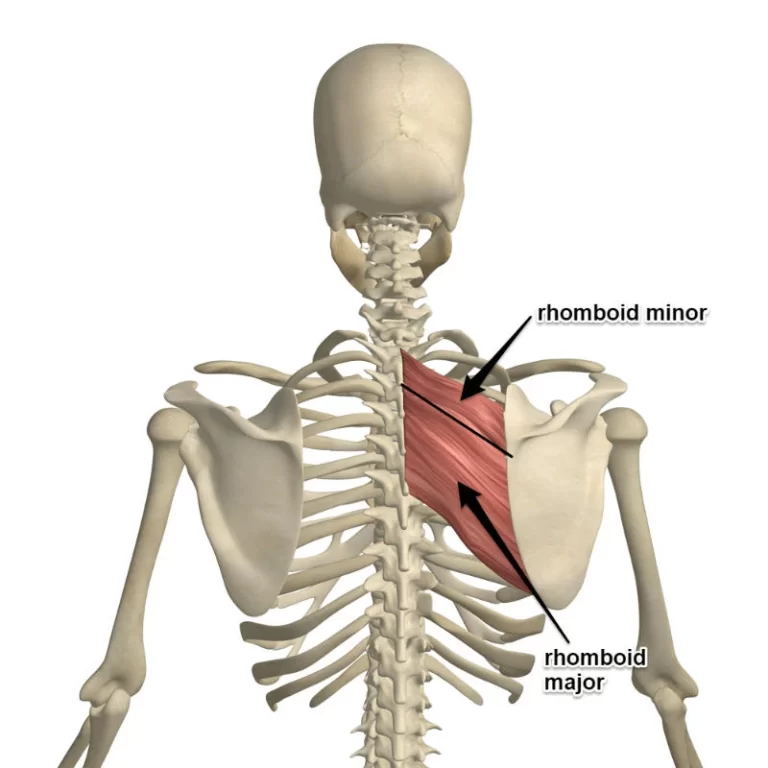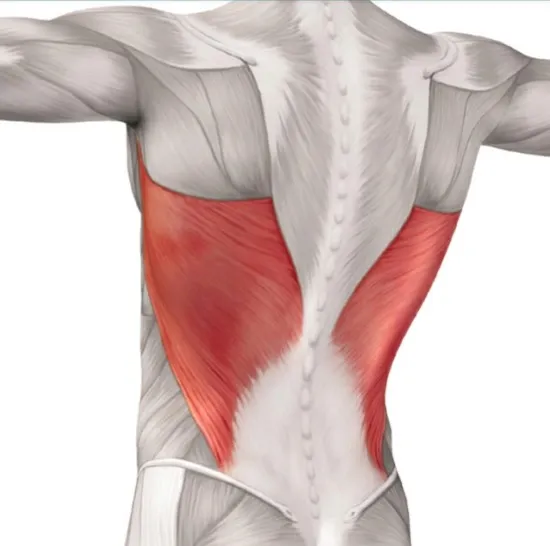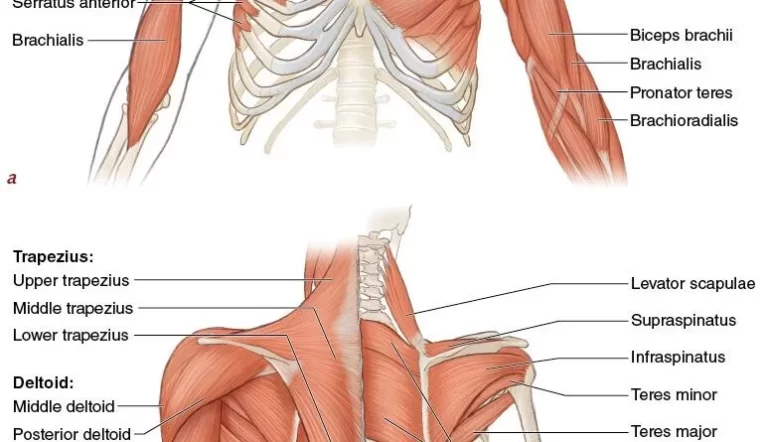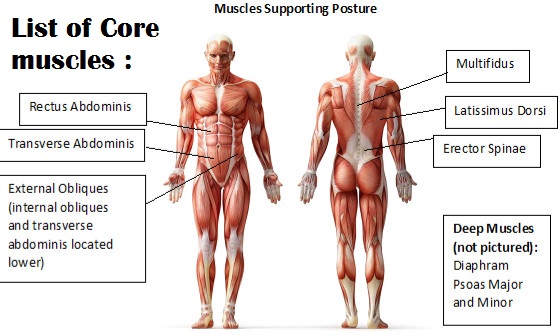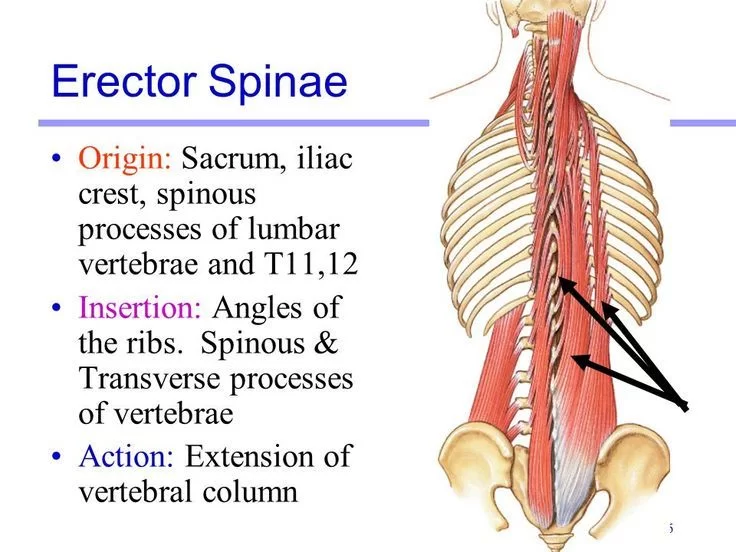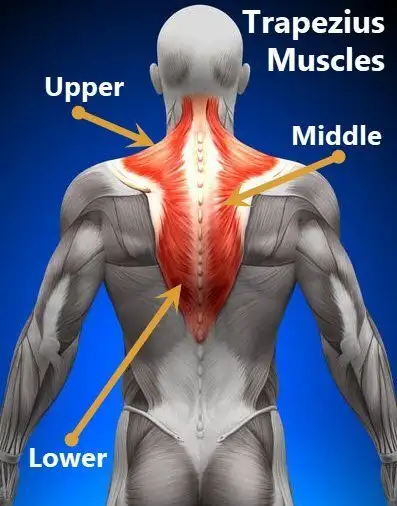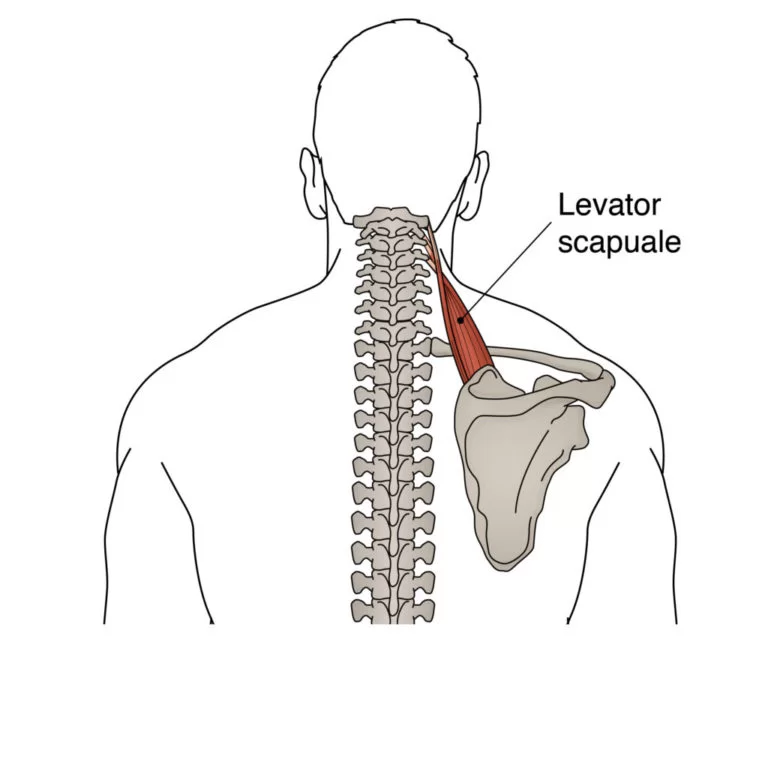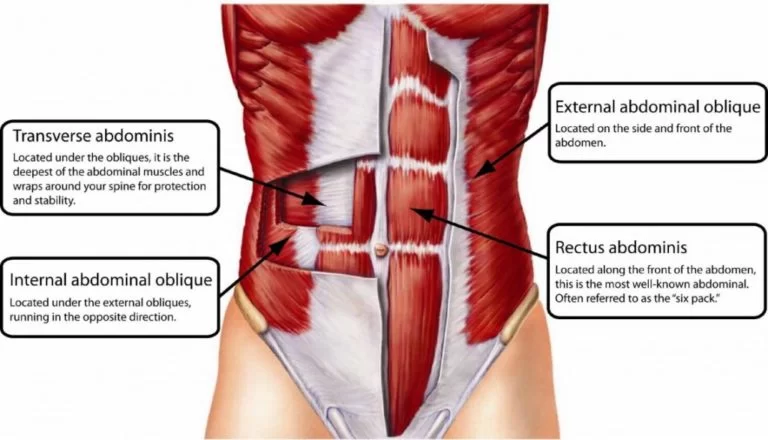Subclavius muscle
What is the Subclavius muscle? A short, three-sided muscle of the thoracic wall located below the clavicle is the subclavius muscle. It travels laterally from the first rib to insert on the middle third of the clavicle’s undersurface. The fundamental capability of the subclavius is to stabilize the clavicle during the action of the shoulder…

